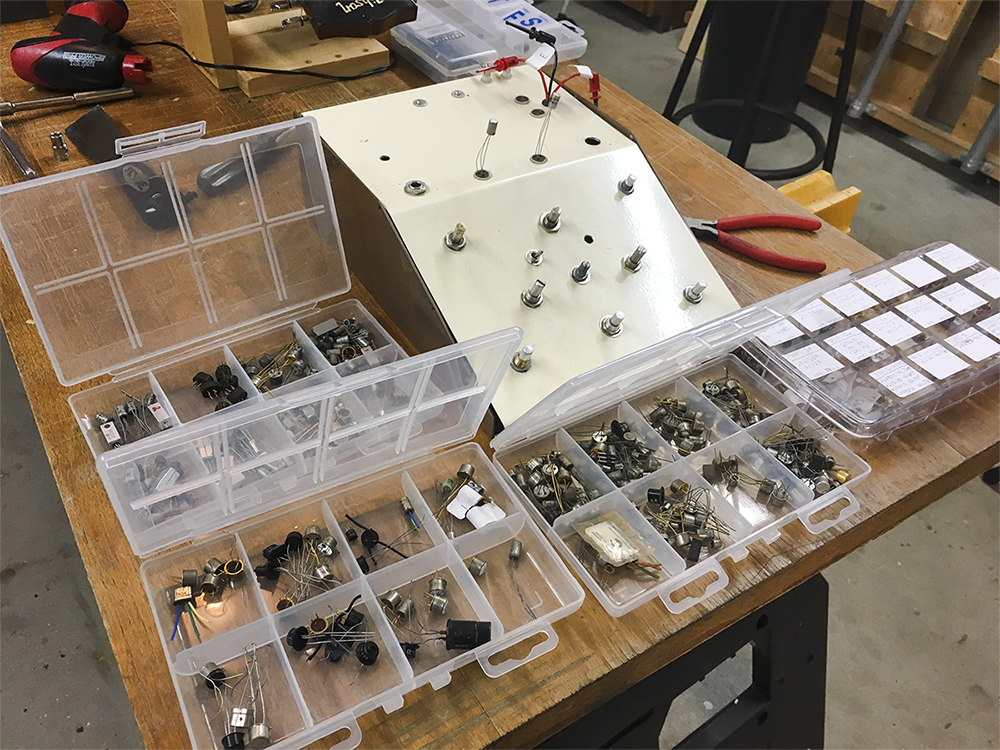A friend of mine asked me to help him out with a Super Beatle V1142 he’s had for a while and been working
on here and there. He’s an engineer and a pretty competent technician as well, but he’s hit a roadblock in the project. He’s already done a fair amount of work on it, but says there’s a short somewhere. Bottom line is he’s starting a new job and won’t have time to work on it, so we’re Going to try and get it up and running this weekend. He’s giving me a BK 830B for helping him out
Apparently he’s Says he can’t really find a schematic for V 1142, I was wondering if anyone has the schematic for this version or if there’s much of a difference between that and the 1141? Also if there’s any experience with this particular amp any advice/things to look out for would be really appreciated. Thanks.
He sent me some good pics of the current progress and condition of the amp as well so I can pop those up if anybody is interested.
on here and there. He’s an engineer and a pretty competent technician as well, but he’s hit a roadblock in the project. He’s already done a fair amount of work on it, but says there’s a short somewhere. Bottom line is he’s starting a new job and won’t have time to work on it, so we’re Going to try and get it up and running this weekend. He’s giving me a BK 830B for helping him out
Apparently he’s Says he can’t really find a schematic for V 1142, I was wondering if anyone has the schematic for this version or if there’s much of a difference between that and the 1141? Also if there’s any experience with this particular amp any advice/things to look out for would be really appreciated. Thanks.
He sent me some good pics of the current progress and condition of the amp as well so I can pop those up if anybody is interested.


Comment